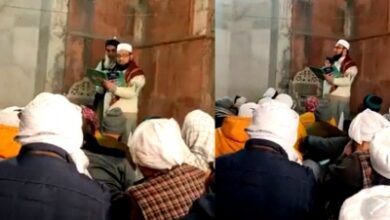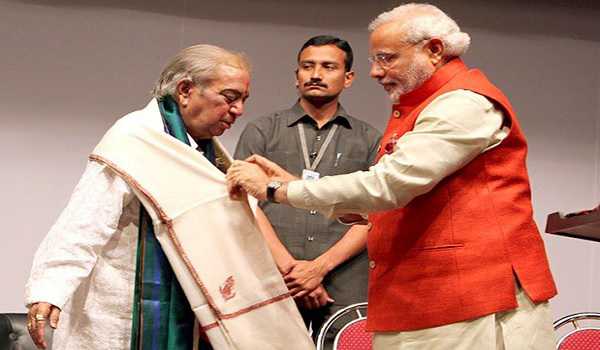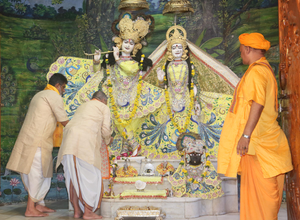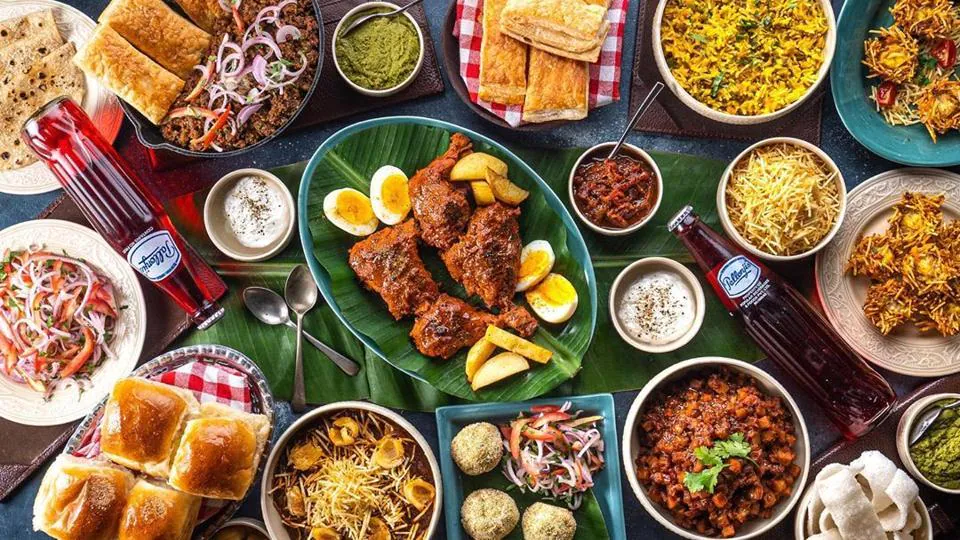Art & Culture
Sandhya Mukherjee – Bengal’s Greatest Female Crooner
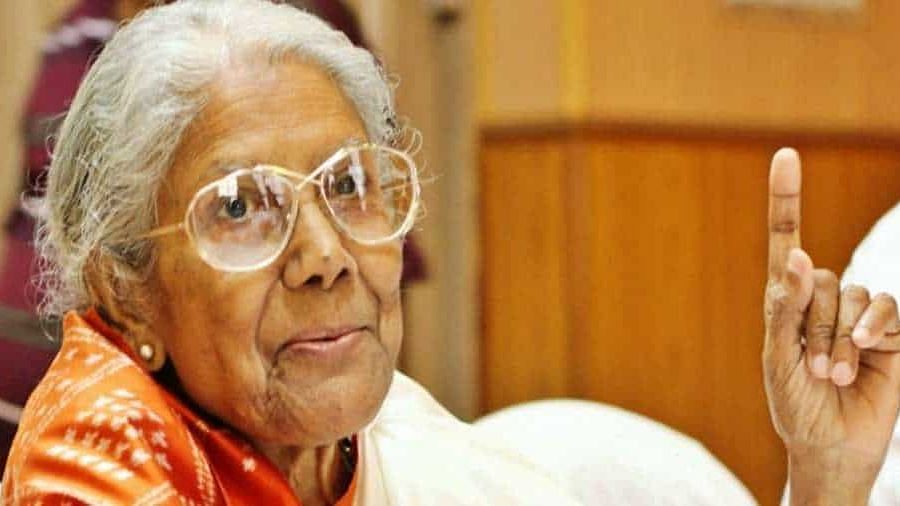
Kolkata, Feb 15 : Hailed for over 70 years as Bengal’s melody queen, Sandhya Mukherjee’sstatus as the greatest Bengali female singer has remained intact through the generations, and perhaps, would remain so, for many moreyears to come.
Honed by decades of training in classical music, Mukherjee’s range of voice, its depth, sweetness, and, above all, her absolute devotion to music through her life, helped the singer to churn out a wide variety of evergreen film and non-film songs during her marathon musical journey that began during the last years of the British colonial rule.The argumentative Bengalis can spend hours quarrelling about the comparative greatness of singing legends Hemanta Mukherjee and MannaDey, actors Uttam Kumar and Soumitra Chatterjee, soccer rivals East Bengal and Mohun Bagan, or political adversaries CPI-M and TrinamoolCongress, but all views converge to anoint Mukherjee as the best female voice of all times.
Though her light modern and film songs made Mukherjee a household name in Bengal and East Pakistan (now independent Bangladesh), she retained her proficiency in classical music throughout her career, and would often turn down lucrative offers for recording film songs in the runup to classical music conferences.”In the run up to music conferences, I don’t sing light songs for 15-30 days,” she said later. Born on October 4, 1931 in a middle class family in South Kolkata’s Dhakuria area, Mukherjee’s father Narendranath and mother Hemprobha were both music lovers, with the latter adept at tappa (semi-classical vocal).
As a child, she sang devotional songs with her father, and took herfirst formal training under Jamini Ganguly, while Begum Akhtar taughther the use of the tanpura.Later, she took singing lessons from Pandit Santosh Kumar Basu, Professor A T Kanan, and Professor Chinmoy Lahiri.But Mukherjee always took pride in describing herself as the disciple of the legendary Ustad Bade Ghulam Ali Khan. After his death, shetrained under his son Ustad Munavvar Ali Khan.But before all that, as a 12-year-old, she secured the first position in Bhajan at the All Bengal Music conference, and came up with herfirst gramophone recording in 1945 – “tomaro akashe jhil mil kore”.That was the time when the music world had not become commercialisedas it is today.
“Technically, as also because of the use of moderngadgets, things may have improved. But in those days, a tremendouseffort was put to make a song of high quality. Right from the lyricistto the composer, to the singer – everybody used to spend a lot oftime behind every song,” she once said.Mukherjee’s debut in films happned with the Bengali-Hindi bilingualAnjangarh, that had Raichand Baral as the music director. She trainedfor one month before recording the song. However, the first film that released with her playback was Samapika(1948), in which she sang four songs. The songs were well accepted bymusic lovers. “The public endorsed me as a singer of the future then,”she said at a television interview four decades later.Impressed with her talent, singer-music director Sachin Dev Burmancalled her to Bombay (now Mumbai) to sing in Hindi films. In 1950, shestarted her career in Bollywood with a song in the film Taaranadirected by Anil Biswas. Over the next two years, Mukherjee didplayback for 17 Hindi films, but returned to Kolkata in 1952 due topersonal reasons. Over the next few years, she sang in Hindi films offan on, but her focus was on Bengali songs.According to critics, her best known collaboration happened with theBengal singer Hemanta Mukherjee with whom she sang numerous duets,primarilyas playback for Bengali films. Hemanta and Sandhya became known as thevoices behind the evergreen silver screen pair Uttam Kumar andSuchitra Sen.
The duet “Ei path jadi na sesh hoi” has retained itspopularity till date.She also became the singling voice of almost all other actresses castopposite Uttam Kumar.She crooned in over 400 films, and is rated as one of architects inmodernising Bengali songs through her easy and spontaneous, butsimultaneously soulful, singing style.In the early 1970s, Mukherjee played a key role in aiding theBangladesh liberation war, by collecting money for the millions ofrefugees who had poured into the eastern metropolisand other places ofBengal, and also helped in setting up the Swadhin Bangla Betar Kendrain Kolkata that played a salient part in the liberation war.Mukherjee received several awards for her music. She won the NationalFilm Award for Best Female Playback Singer for her songs in the filmsJay Jayanti and Nishi Padma in 1970 and the Bengal Film JournalistsAssociation award in 1971 and 1972. The Bharat Nirmaan Award forLifeitme Achievement followed in 1999.
The West Bengal government bestowed on her the state’s highestcivilian award Banga Bibhushan in 2011, before awarding her theSangeet Mahasamman.However, a few days before her death, On January 26 2022 – India’sRepublic Day – Mukherjee refused to accept the Padma Shri – thecountry’s fourth-highest civilian award.Mukherjee was once asked about the reason behind the evergreenpopularity of her songs.“I think, good lyrics, good compositions have permanent appeal,” she replied, with her characteristic humility.
With UNI Input


